IDD Bureau
India Navy which faces an increasing threat from China, is looking at a greater number of unmanned systems to carry out strikes from air and also from under the sea.
Separately, plans for a bigger carrier – it has two for now – are being modified to order another one of the 47,000 tonne INS Vikrant class, indicating that the budget will now focus on sea-denial strategies as well as sea-control.
The focus on unmanned systems is a mix of technologies, including unmanned combat aerial vehicles (UCAV), unmanned undersea vehicles (UUV) besides manned-unmanned teamed fighter jets. Navy is also looking at next generation of fighter jets for its two carriers.
Indian Navy Chief Admiral R Hari Kumar at a press conference in New Delhi on December 3 spoke of the future saying: “We will pursue and adopt niche and disruptive technologies”.
The rapid pace of advancements in technology – spanning a wide array of sectors – impose the inescapable need for us to, not only catch-up with the developments, but to go above and beyond them, the Admiral said.
UCAV Predator
India, for long, has been in a decision-mode on procuring 30 long distance armed drones , the predator or the MQ9B, from General Atomics US. At the press conference, Admiral Kumar was asked about the progress of the project. “It is at a stage where we are discussing if numbers need to be rationalised or kept at 30”, he responded.
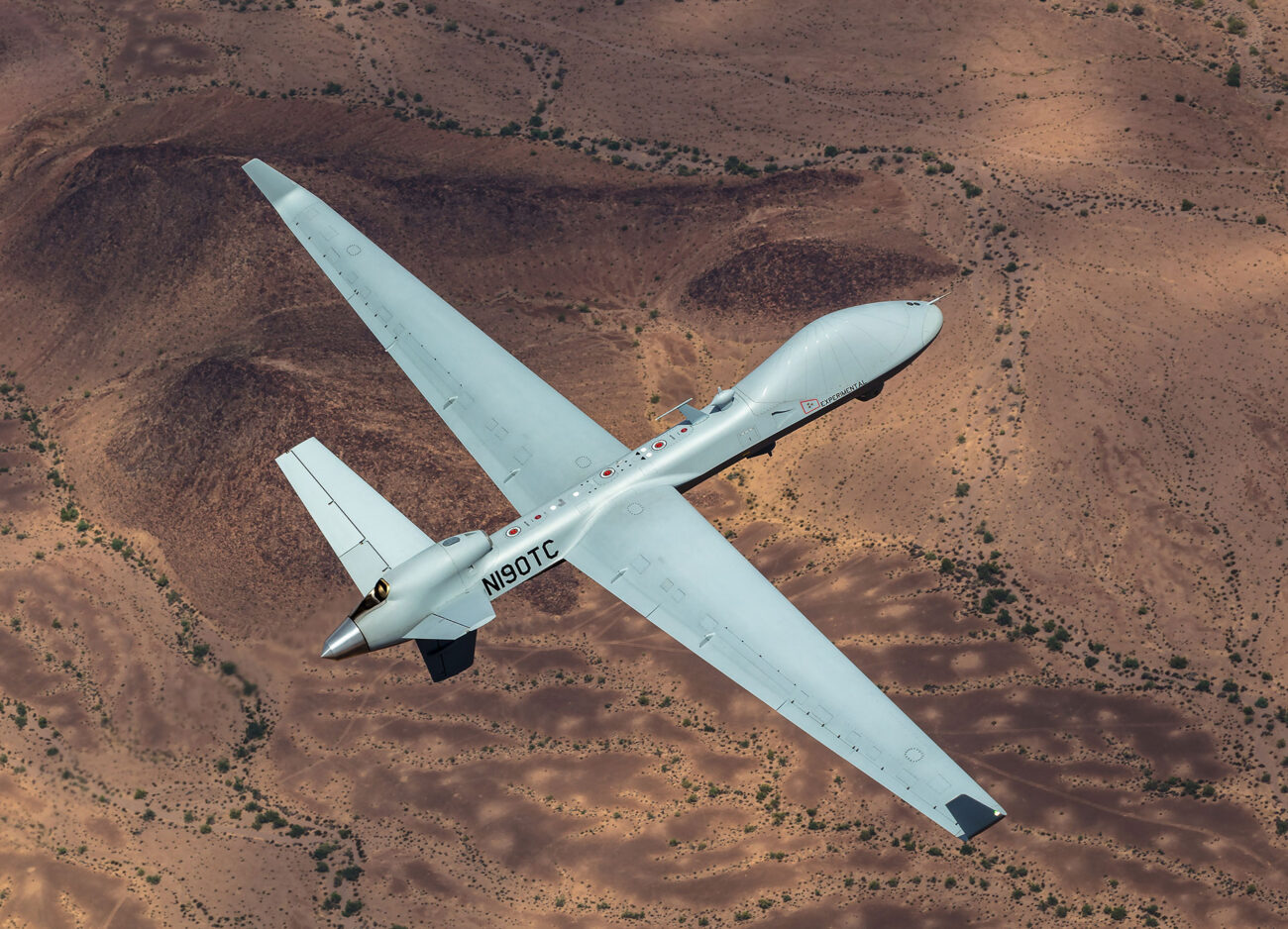
India wants ten-each of these drones for the Navy, Indian Air Force and the Indian Army. It is seeking separate configuration for each of the three armed forces.
Since October 2020, the Navy had leased two such drones for surveillance purposes. “We found great value, it provides much reach in terms of surveillance in the Indian Ocean Region,” Admiral Kumar said describing the ability of the drones.
In September this year GA-ASI ( General Atomics – Aeronautical Systems, Inc) announced a tie up with an Indian Artificial Intelligence (AI) Company ‘114ai’ as its first partnership for the “Make in India” roadmap. read details here
Making the announcement Dr Vivek Lall who is the Chief Executive General Atomics Global Corporation, had then said “We are looking forward to increased cooperation on NextGen AI technologies that we have been working on with the team at 114ai for the last few months. Their technology, track record and tenacity with customers in the U.S. and U.K. has stood out. We expect many world-leading products coming out of this partnership”.

General Atomics is committed to Indian Prime Minister Modi’s ‘Make in India’ strategy and we’re looking forward to much more cooperation with Indian companies as we move forward, Dr Lall had added. He is an experienced hand in the Indian market having worked on several successful acquisition from the US in the past.
In November 2021, 114ai was only Indian company to win a U.S.-U.K. Joint Space Contract.
Undersea unmanned systems
This includes autonomous under sea vessels, the Navy is looking at unmanned vessels. “Some success has been achieved in autonomous unmanned vessels”, Admiral Kumar said. The Navy is considering to have a ‘mothership’ that will operate autonomous vessels which can go undersea and do the job of ‘minesweepers’ while it has decided not to opt for traditional minesweepers.
Underwater drones or UUV’s are being made by a private company under an Indian Navy project. Each of these underwater drones can operate at a distance of 8 km from the mother-ship, do submarine warfare, hydrographic and oceanographic data acquisition. These are good for Intelligence, surveillance and reconnaissance (ISR), mine counter measures.
The carrier
For now, the Indian Navy, has “put on hold” plan for a bigger Indigenously made aircraft carrier and is examining the possibility of a repeat order for a Vikrant-sized carrier. Earlier the Navy had envisaged a third carrier with a displacement of 65,000 tonne with Catapult Assisted Take Off But Arrested Recovery (CATOBAR) for launching aircraft and full electric propulsion.
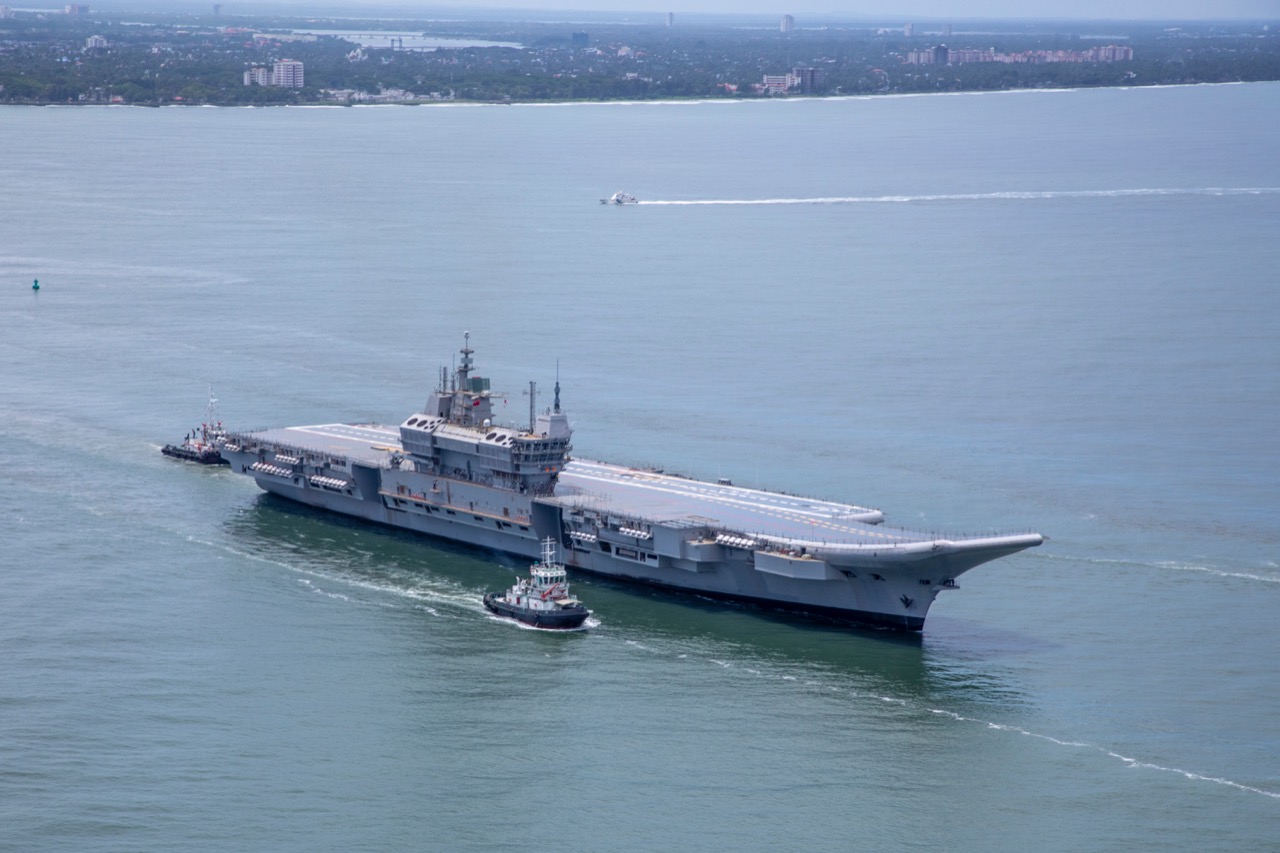
“Its size, requirements and capabilities are still being worked out… We are also examining if we should repeat order of the carrier INS Vikrant commissioned in September this year”, Admiral Kumar said.
The Navy is happy with the INS Vikrant Commissioned in September this year. “We are very happy with the ship, the way the ship performed in the trials”, the Admiral said. Lot of expertise has been gained in building it at the Cochin shipyard. “We are examining if we should repeat order an a “Vikrant size ship) to capitalise on the expertise available in the country and how we can plough back into the economy,” he said.
This is all in the discussion stage right now and we have not firmed up our mind nor have we taken it to the government, he added.
The Navy, meanwhile has conducted trials for the fighter jets like Rafale-M and F/A-18 Boeing super hornet at the shore based test facility at Goa. “The results are being analysed. We will take a call on it”, the Admiral added. The Navy, for now flies the MiG29K Russian origin twin-engined jets
Manned -Unmanned teaming
Indian Public Sector giant Hindustan Aeronautics Limited (HAL) had , in February 2021, announced a programme to have a manned-unmanned teaming. The Navy Chief said his force was also looking at the programme.
Getting new generation of fighter planes is an expensive plan, its better to have three or four unmanned fighter jets can be up in the sky with one manned jet in the air to control them.
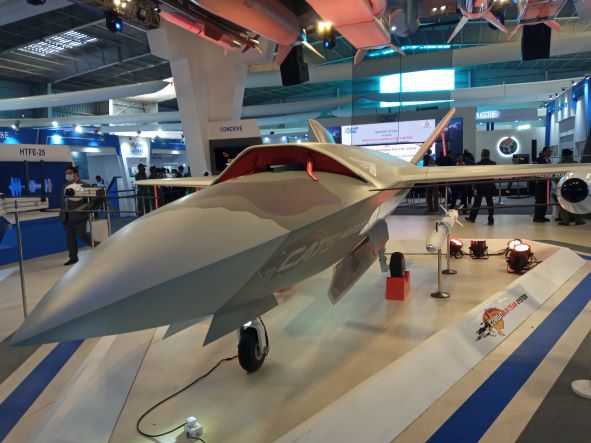
Ideally the unmanned fighter jet controlled by pilots in another fighter jet flying a few kilometres behind. The unmanned jet will not just be beaming pictures of live battlefield scenario, it carries a set of missiles to targets in the air as well as on the ground. It will have the capability to go deep into enemy territory and hit a target. The unmanned jet is expected to see it first flight in 2025.
China on mind
On being asked about Chinese ships operating in the Indian Ocean, Admiral Kumar said atleast 60 odd extra-regional ships are present. A lot of Chinese ships operate at any time. There are about 4-6 (Chinese) Navy ships, then some research vessels. “As a resident power we keep track of all of them. We keep a close watch, we track them and we ensure that they do not undertake any inimical activities,” the IIndian Navy Chief said.
Chinese fishing vessels are present all over the world, he said adding “We are aware as to where they are operating and keep track that they do not intrude into our Exclusive Economic Zone.
The Quadrilateral or the Quad, he said, is just about coming together of likeminded countries. “It’s not an alliance, not a military treaty or anything like that. Its Just coming together of likeminded countries,” he said even as the four Quad partners – India, US, Japan and Australia – conduct a joint annual exercise called Malabar.





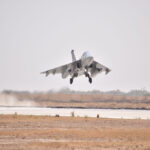
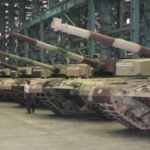
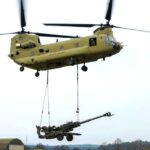
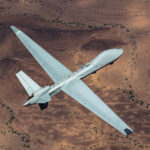
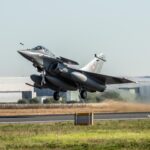


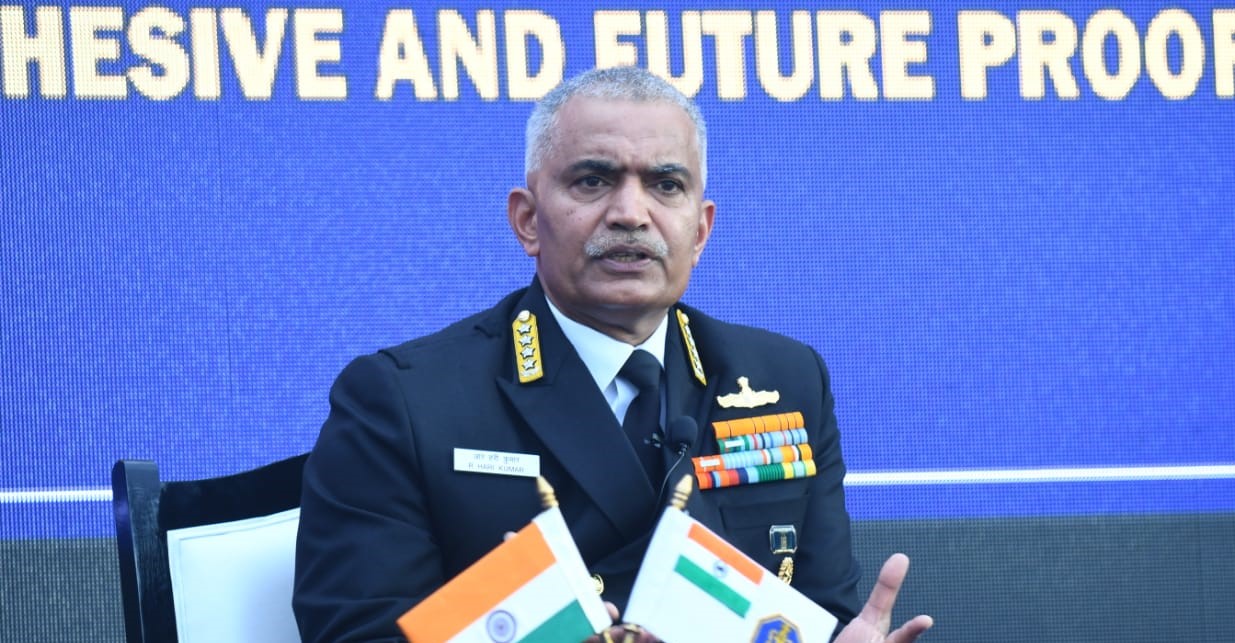
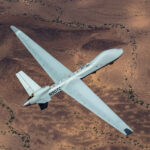
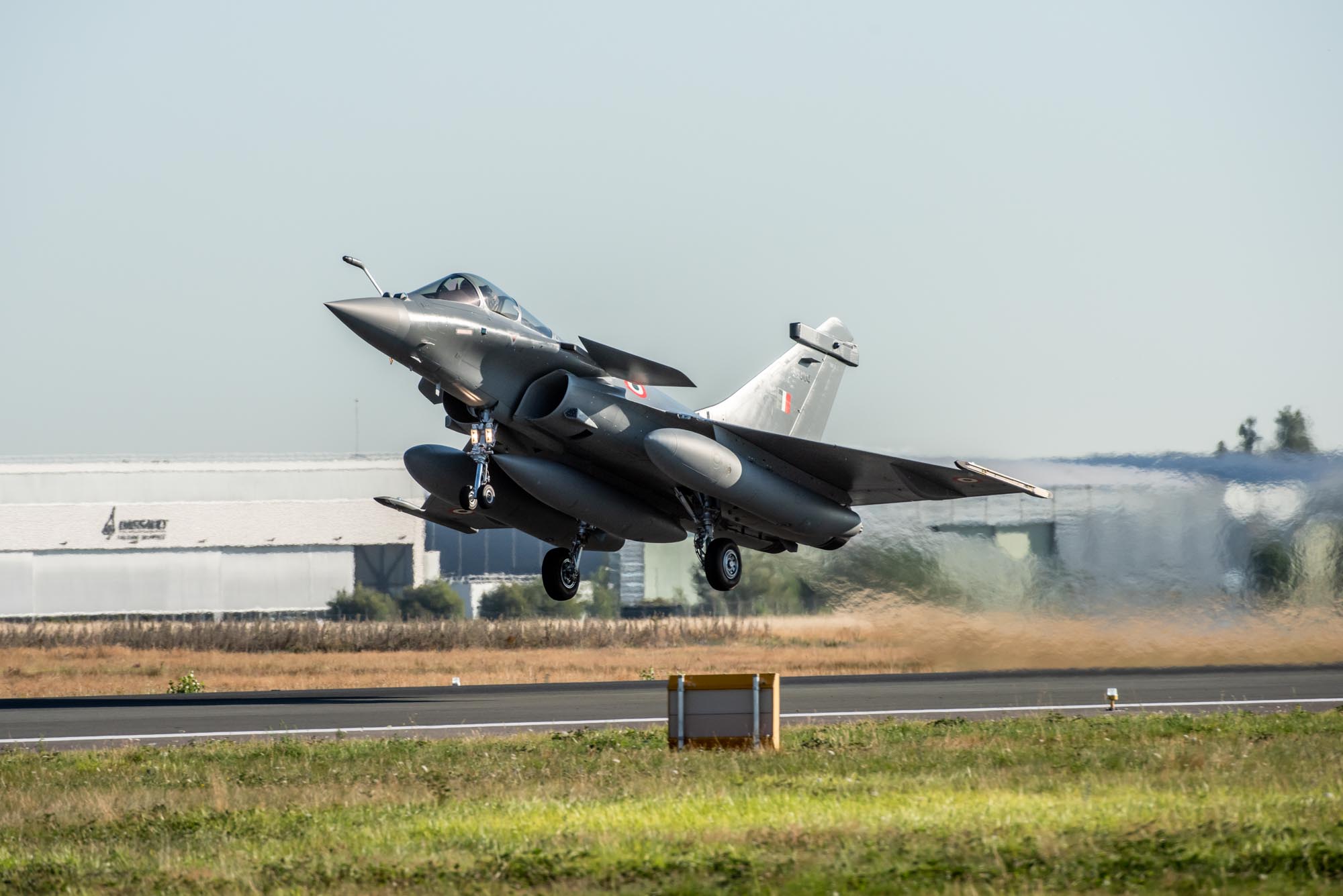
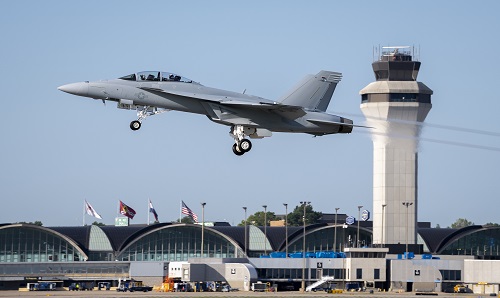
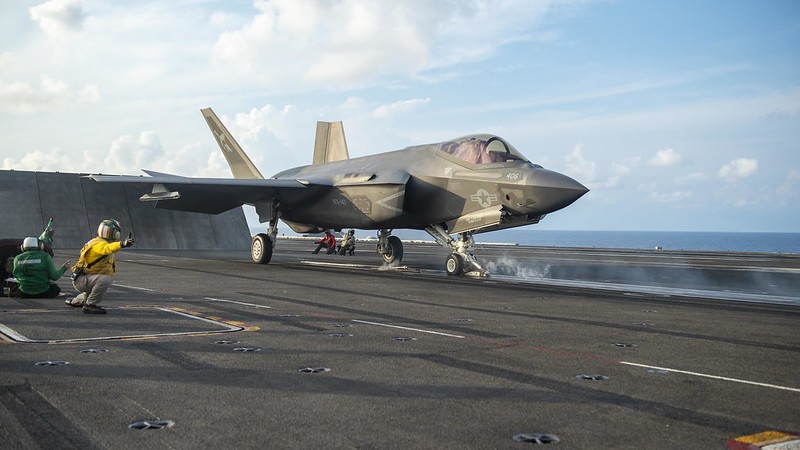
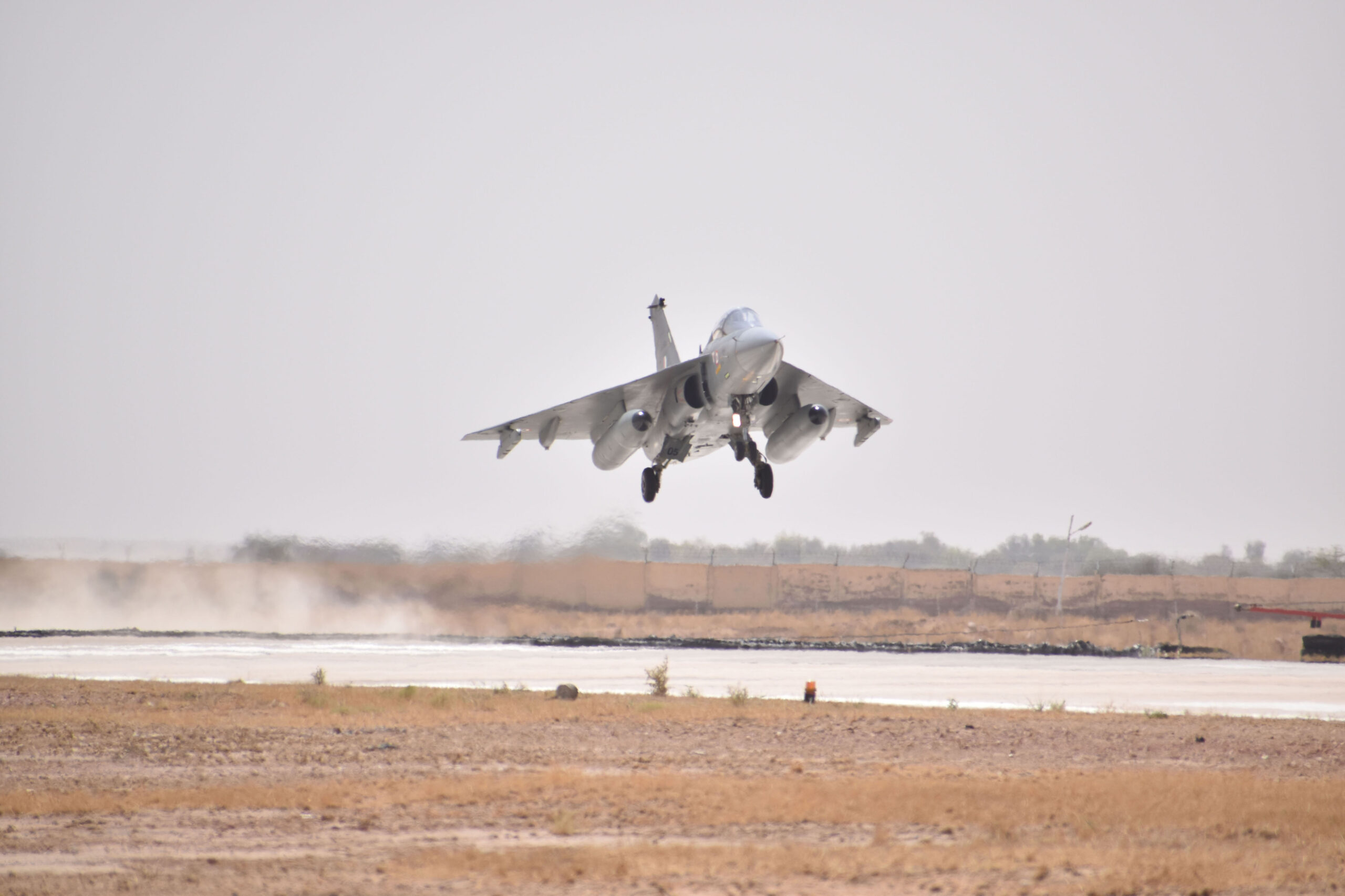
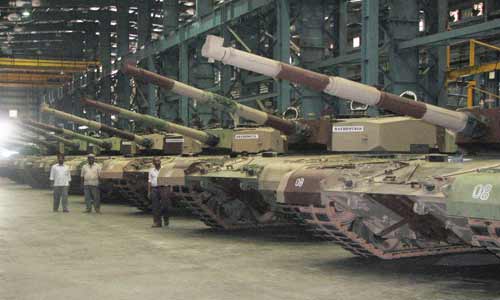
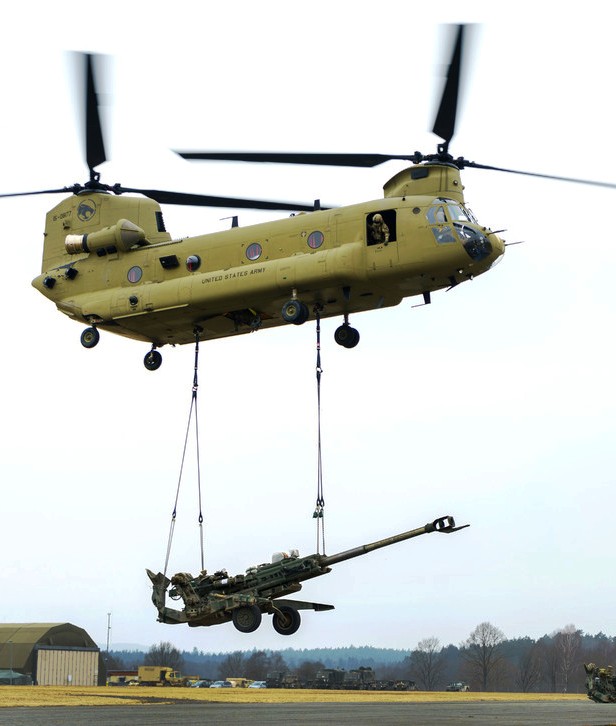
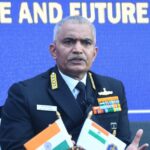
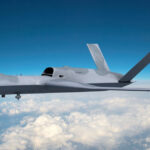
Recent Comments